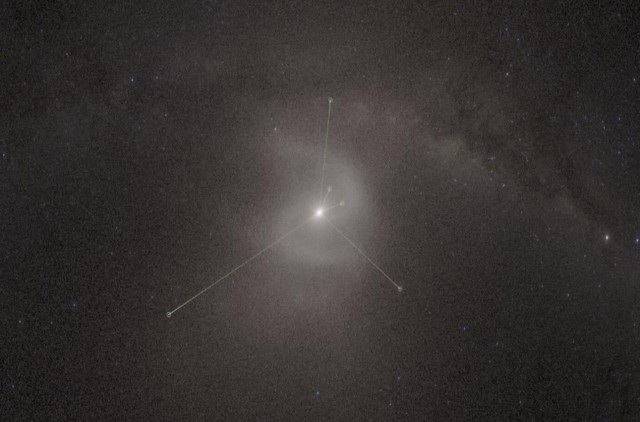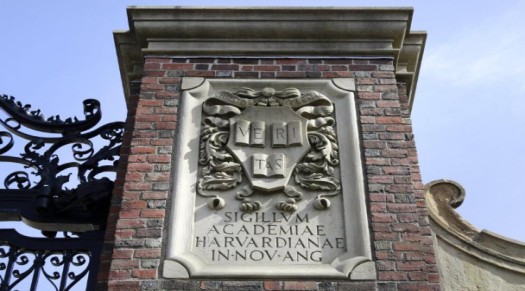
This image provided by the American Museum of Natural History shows a new planetarium show showing a backwards S-shaped spiral in what's known as the Oort Cloud far beyond Pluto.
A surprising discovery has emerged from an unlikely source — a planetarium show — offering fresh insights into the structure of our solar system.
Scientists at the American Museum of Natural History recently uncovered a mysterious spiral shape within the Oort Cloud, a distant region filled with icy objects beyond Pluto. This revelation challenges long-held beliefs about the outer reaches of our cosmic neighborhood.
From Planetarium Preparation to Cosmic Breakthrough
Last fall, experts were crafting the planetarium show titled Encounters in the Milky Way, designed to explore the dynamic structure of our home galaxy.
One scene focused on the Oort Cloud, a vast expanse of comets and debris thought to be shaped like a sphere or flattened shell. While fine-tuning the visual effects projected onto the planetarium dome, scientists noticed something unexpected.
Astrophysicist Jackie Faherty, who leads the museum’s educational programs, recalled the moment: “Why is there a spiral there?” Instead of the anticipated smooth shape, the inner Oort Cloud appeared as a bar with two waving arms, mirroring the spiral form of the Milky Way itself. This surprising visual hinted at a complex and previously unknown structure.
Challenging Old Ideas About the Oort Cloud
The traditional view held that the Oort Cloud was a simple spherical or shell-like structure influenced by gravitational forces from planets and the galaxy. However, the spiral shape suggested by the planetarium’s simulation points to a more intricate formation.
The museum reached out to David Nesvorny of the Southwest Research Institute, who provided the data used for the Oort Cloud visualization.
Nesvorny admitted his astonishment: “It's kind of a freak accident that it actually happened.” Realizing the potential significance of the finding, the team quickly moved to validate and publish their results.
Published Findings Change Our View of the Outer Solar System
Earlier this year, the researchers published their discovery in The Astrophysical Journal. The spiral form represents “a striking shift in our understanding of the outer solar system,” said planetary scientist Andre Izidoro from Rice University, who was not part of the study.
Confirming this structure through direct observation will be difficult due to the Oort Cloud’s extreme distance and faintness. Still, tracking the orbits of distant comets may provide indirect clues to support this model, Izidoro explained.
How a Planetarium Show Opened a Window Into Cosmic Mysteries
The team did not anticipate uncovering new science while creating the planetarium show, which is narrated by actor Pedro Pascal and showcases many awe-inspiring galactic events. Jon Parker of the museum noted that other visuals, such as the merging of the Sagittarius dwarf galaxy with the Milky Way, might captivate viewers more than the Oort Cloud.
Despite the focus on striking imagery, the museum prioritized scientific accuracy throughout the production. This careful attention to detail created the ideal environment for accidental discovery.
Carter Emmart, director of the museum’s digital universe, reflected on the experience: “You just never know what you're going to find.” The unexpected spiral in the Oort Cloud highlights how curiosity-driven projects can reveal hidden truths about our universe.
The Road Ahead: Exploring the Outer Solar System’s Secrets
This accidental breakthrough in the planetarium has sparked new questions about the solar system’s boundaries. The spiral shape suggests dynamic forces shaping distant icy objects in ways not previously imagined.
Continued research and more advanced simulations may unlock further secrets hidden in the depths of space.
For now, the discovery offers a fresh perspective on the vast and mysterious Oort Cloud — a cosmic frontier that continues to surprise astronomers and inspire wonder in all who look up at the stars.















